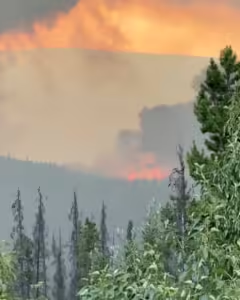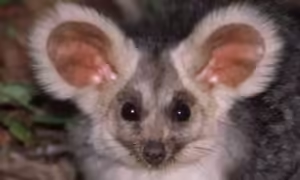UK Nature’s Seasonal Chaos

The National Trust highlights that the disruption of predictable weather patterns is wreaking havoc on nature, leading to increased susceptibility to disease among plants and wildlife. This disturbance, termed a “baseline shift” by the Trust, is notably affecting the annual behaviors of animals while also impacting trees and plants.
Ben McCarthy, Head of Nature and Restoration Ecology at the National Trust, emphasizes the significant decade-long changes resulting from incremental shifts in seasons. The year 2023 set temperature records, experiencing the warmest June and highest sea temperatures around the UK coast. An unusually warm winter facilitated the thriving of pests and diseases, while low water levels caused by insufficient rain and high temperatures contributed to algal blooms and mass fish deaths.
The article underscores the observable impact of these seasonal changes, noting delayed grass mowing due to warm and wet conditions. Shrubs blooming early are susceptible to sudden cold snaps, affecting pollinators and birds relying on their seeds.
Rising year-round temperatures pose threats to the iconic oak tree, allowing pests like the oak processionary moth to thrive. Warmer winters may also affect heathlands, enabling the heather beetle to flourish. Hibernating animals, such as dormice, emerge earlier, depleting vital energy reserves. Red deer exhibit delayed sexual activity, leading to calves being born in autumn, resulting in higher mortality rates.
While the UK has experienced relatively mild extreme weather compared to other regions, the National Trust’s Climate Change consultant, Keith Jones, warns of future challenges. He anticipates a combination of drought, high temperatures, and increased rainfall, emphasizing the need for resilience building in landscapes and ecosystems.
One notable example is the restoration of the river Aller on the Holnicote Estate in Somerset, allowing it to meander freely. This effort aims to slow the river’s flow, combat flooding and drought, increase wildlife diversity, and store more carbon in the landscape. The project reflects the Trust’s commitment to adapting to the evolving environmental “norm” and fostering sustainable ecosystems.
Repurposed article originally published in BBC









